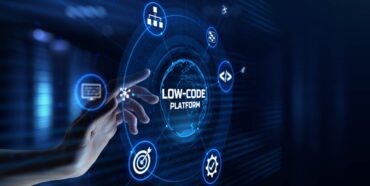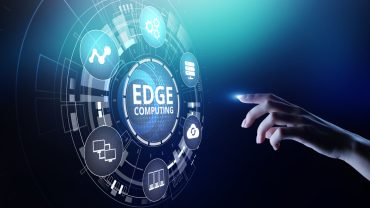
A look at how system simulation and IoT capabilities can close the data feedback loop.
After a product is sold, product engineers typically get very little feedback about its performance in the field. That no longer has to be the case. With the right solution, product manufacturers can combine system simulations and IoT capabilities to improve product designs and then issue resolutions using simulations based on real load cases.
RTInsights recently sat down with Jasmin Klein, Global Portfolio Development, and Christian Binkowski, Cloud Solution Manager, from Siemens to discuss the benefits of including a data feedback loop between product engineers and the device in the field to achieve real-time product optimization, digital twins, and more. Here is a summary of the conversation.
RTInsights: What is analytics-based product engineering?
Klein: Analytics-based product engineering lets users take live performance data from a product or machine in the field and push it back into the product simulation model to improve the product design. With the live production data being fed back into the model, a closed-loop digital twin is created.
This digital twin can then be used to actively improve the design of the product. For example, if a product begins having issues, you can run an accurate simulation on it using the live data and begin to identify the root cause of any problem. With the issues being fully understood, required changes can be made in the design for future iterations. The impact of the changes can also be accurately verified using the more accurate simulation model with the real data from the machine.
RTInsights: What are the benefits of using analytics-based product engineering?
Klein: With accurate simulations, not only can designers make better decisions, but it reduces the time and cost to get new designs to market. The need for prototyping is nearly eliminated. Companies have the ability to develop user-centric products that meet customer needs and increase customer satisfaction. They can learn from the problems in the field by using real data, simulating the errors, and improving the design. In this way, they can eliminate product issues, save time and money by reducing product validation time, and avoid over-engineering. Together, this improves overall efficiency.
RTInsights: What solution does Siemens offer in this area?
Binkowski: Siemens has MindSphere®, the industrial IoT as a service solution, which connects products, machines, and systems of all different types and brands together. This solution collects, aggregates, manages, and analyzes performance data. For the MindSphere Analytics-Based Product Engineering solution, specifically, MindSphere is seamlessly integrated with SimcenterTM AmesimTM software through a purpose-built connector. The MindSphere application uses this connector to push live performance data back into the simulation models.
(Simcenter Amesim software simulates all the different types of mechatronical systems. It comes with tons of libraries and solution templates for machines, cars, batteries, ships, and more.)
Once you have an established connection between both systems, you can select the time series data you want to explore. For example, if there is an issue in the field, you might want to simulate 20 minutes before or around that incident. You can select the timeframe in MindSphere, and MindSphere generates a simulation package and transfers this to Simcenter Amesim. Then, the simulation gets executed, and once that is done, you can look at the simulation results in MindSphere.
RTInsights: Can you give examples of use cases and successes?
Klein: I would start with a general use case. Today, in most cases, a machine is shipped to the customer, and the product manager never gets any information about the performance of the machine in the field to improve the product design. Whenever there is a problem, support is contacted, and the problem is fixed at the customer site. The information from support usually does not get to the product engineer, or it is transmitted much later. Because of these gaps, the product engineer has to develop a hypothesis-driven design, which results in over- or under-engineering. At the end of the day, this means that the customer requirements are not met or will not be met in the future.
The analytics-based engineering approach offered by MindSphere provides that feedback loop to change product design and improve its performance in the field.
Binkowski: Another example is in optimizing the performance of an existing product. This solution offers the ability to tweak certain parameters on the simulation model directly in MindSphere. For example, if you have a product that can operate at different speeds, you can test which speed is most optimal. Using the updated simulation model to run parameters, you can test the machines using the line’s current conditions.
Klein: If we look at an example of a customer who is selling machines that are connected to an IoT solution like MindSphere, that customer can continuously collect data, get performance insights at any time, and then simulate a problem using this information to improve product design.
The product engineer can learn and draw conclusions directly from the live data of the machine. In the end, this ensures that the product engineer can develop a user-centric product and increase customer satisfaction.
One example is Konecranes, a Finnish company specializing in the manufacture and service of cranes and lifting equipment. It has implemented a digital solution to accelerate its product development process and connect the product and performance data together.
The company uses MindSphere and Teamcenter®, Siemens’ digital lifecycle management software, to leverage the digital twin to reduce the number of prototypes they need to produce. This helps them to increase efficiency and also decrease the product validation time. By implementing a digital innovation solution, they accelerated the product development process and increased the collaboration between the simulation testing and engineering organizations in their company.






